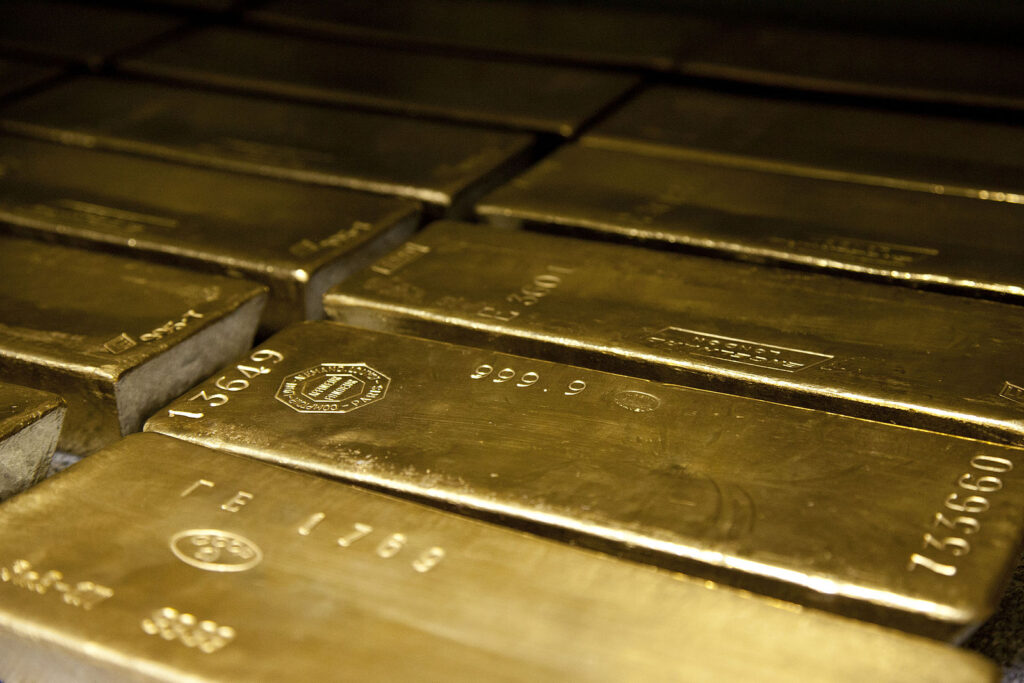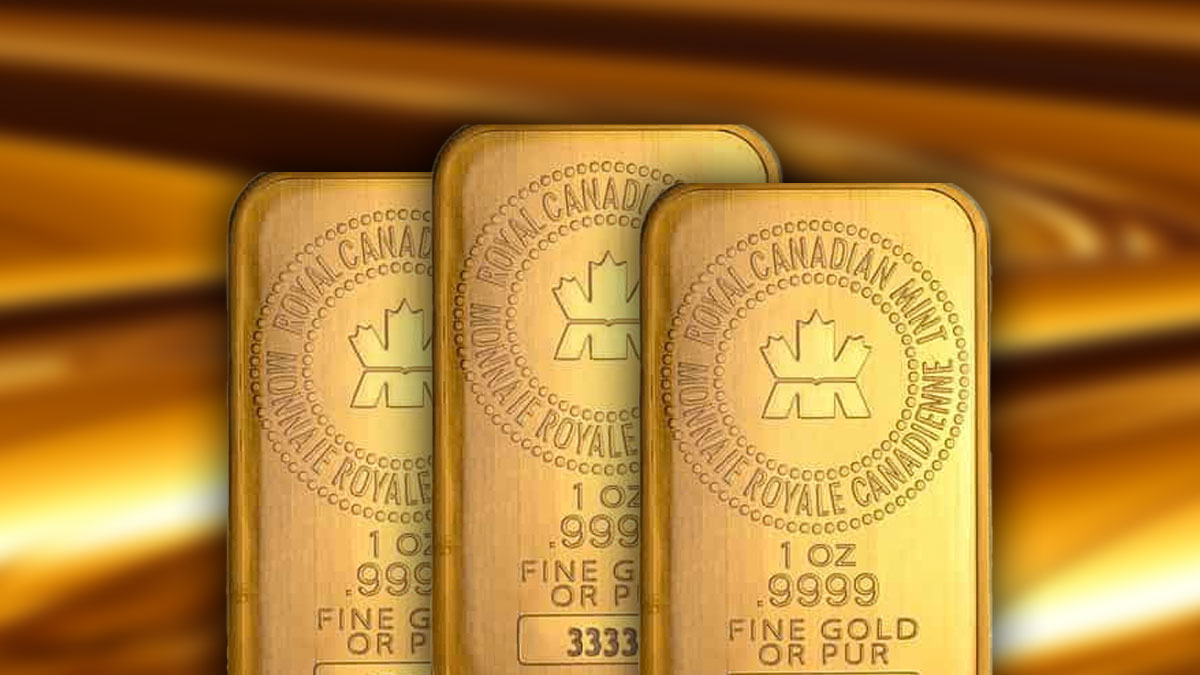Gold is the chemical element with the symbol ‘Au’ on the periodic table of elements. It has been prized for its appearance, use, and value since its discovery by peoples long ago, as far back as 4000 B.C.
The yellow metal is worth so much due to its rarity, its appearance, how easily it melts and can be manipulated, its lack of oxidation or tarnishing. It is also valued for its density and durability. All of these contribute to the allure and desirability of this metal. It really is heavy! Do you think you could walk away with a cubic foot of gold if you found it? A cubic foot of gold weighs approximately 1,206 pounds!
Today you can find gold at jewelry stores, in collected coins, in edible form, and in many other places. Let’s take a tour and discover more about the history of gold mining in Canada, the history of gold, uses for gold, and more about this precious metal.
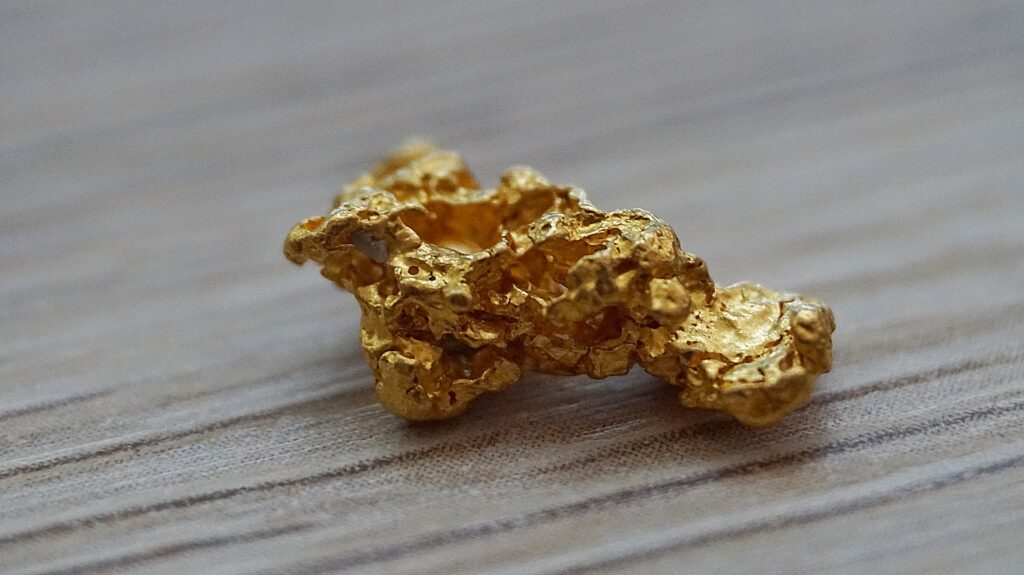

Gold Mining in Canada
Canada mines a variety of metals and minerals for sale on the global market, gold among them. Gold mining in Canada occurs in nine provinces/territories. In terms of the value of production, it is Canada’s highest valued commodity. Canada joins Russia, the United States, Australia and China as the top gold mining nations of the world.
Gold can be found in many regions in Canada. It was first found in 1823 in Québec along the shores of the Rivière Chaudière. Gold was then found in British Columbia’s Fraser River in its sands in 1858 after ‘rushes’ in California and Australia. This began the Cariboo Gold Rush. It was followed by the Yukon’s Klondike Gold Rush four decades later, which started one of Canada’s most productive eras of mining gold. However, the first to mine and prospect for gold in North America were the Aboriginal peoples.
Many gold mining camps were established in the early 1900s. Gold fever was rampant! Canada expanded its gold production capacity when the second World War started to meet wartime expenses. That capacity reached 166 tons in 1941 – its high – but went down dramatically due to the war. Production dropped in the 1970s in Canada due to production costs, but gold price increases encouraged growth and development. Other discoveries and development in the 1980s returned gold as important to the nation’s economy, and today the majority of Canadian gold production is derived from open-pit or hard-rock underground mines, with the rest from placer mining and base-metal mines.
Of all the minerals mined in Canada, gold is the most valuable. In 2018, it carried with it a $9.6 billion production value. Of the gold that was mined for production in Canada that same year, Quebec and Ontario were the largest contributors, making up over 75% of its mined production. The total estimated value for Canadian-exported gold in 2018 stands at $17.3 billion.
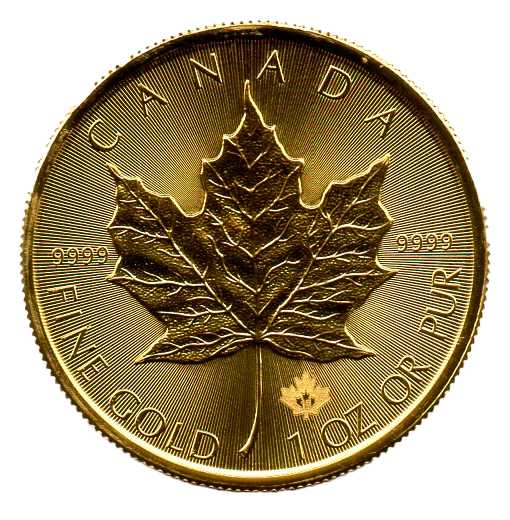

That same year, gold mines in Canada were able to produce around 183 tons of the precious metal, a substantial increase from nine years earlier when mined production of this metal stood at 88%. The Québec, Ontario, Nunavut, British Columbia, and the Atlantic region also experienced production increases. In 2018, Canada also generated income from gold in concentrates and metal ores of $806.7 million, an increase of $52.7 million from the year before. Gold mining companies in Canada made up over 20% of the mining sector’s output for the country. Overall the mining industry for gold in Canada is thriving and a productive part of the national economy.
The Bullion Pit was once called the Largest Hydraulic Placer Mine in the World, measuring over 3 km in length, 800 ft wide, and over 400 ft deep. The Bullion Pit Mine was an awe-inspiring wonder of man’s tenacity for extracting wealth from the ground in his hunt for gold. Located 5 kms west of Likely, the mine was in operation from 1892 to 1942.
However, over its lifetime, the Bullion Pit Mine produced over 175,644 ounces of gold, at today’s prices would be almost $400 million ($CAD).
The History of Gold
Early Discovery of Gold
According to historians at the U.S. National Mining Association, cultures were using gold in Eastern Europe for creating decorative objects as far back as 4000 B.C. In the years that followed, it is believed that gold was solely used for making jewelry or idols that could be worshipped.
Around 1500 B.C., Egypt’s empire had already made plenty of profit from Nubia, its region known for producing gold. It was at this time that the empire elected to make the precious metal their official medium of exchange when it came to matters of international trade. They also created the 11.3 gram shekel coin, which became the Middle East’s standard unit of measure and was created from electrum, an alloy of two parts gold and one part silver.
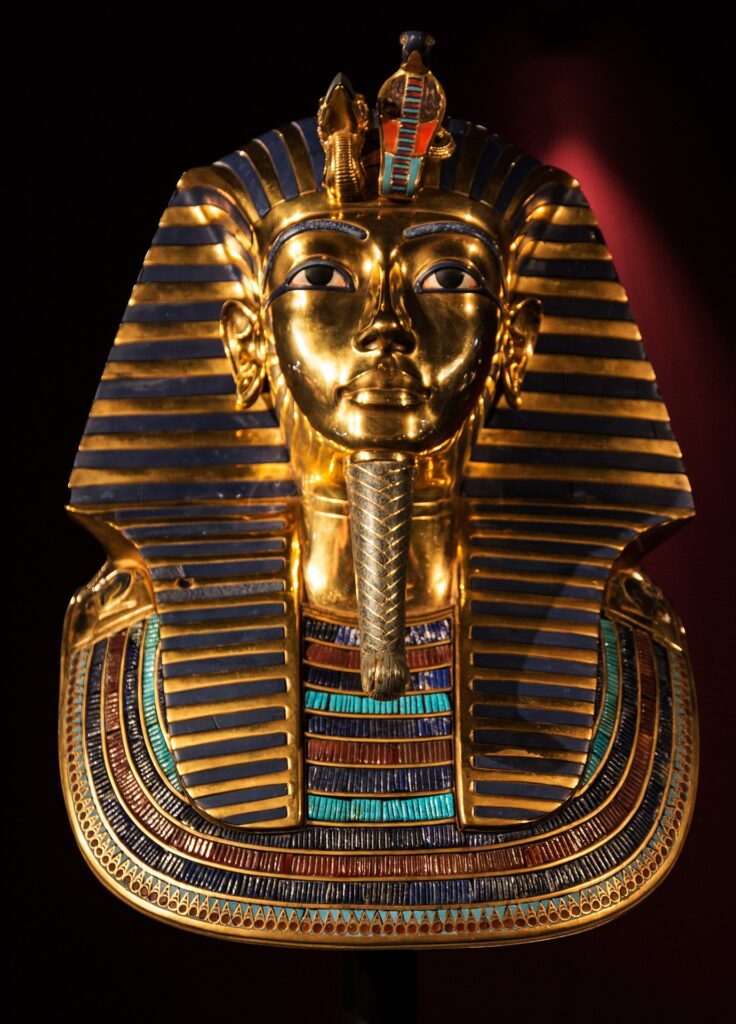

At the same time, the Babylonians discovered fire assay, a method for testing gold purity that is so effective that it continues to be used in modern times. The Egyptians would find in 1200 B.C. that they were able to use other metals to alloy gold, imparting strength and even being able to color it differently with various colour pigments. The Egyptians also were working on lost-wax casting, a method to create sculptures that is still in use.
Asia Minor’s kingdom of Lydia would mint their first gold coins in 560 B.C. with coins made out of pure gold. The Greeks had also done their fair share of mining from Gibraltar to Egypt and Asia Minor. The Romans also were on the hunt for gold, and would mint their own gold coins in 50 B.C. while advancing the technology and scientific approach to mining for gold significantly. The coins were named Aureus, deriving from ‘Aurum’, the word for gold in Latin.
Middle Ages
Further on in the history of gold, when William became King of England and the first Norman king in 1066 A.D., his triumph ushered in a new English system of currency along with it. Now currency would be based on metallic coins, which led to the use of the terms pence, shillings, and pounds (one pound equating to one pound of sterling silver).
In 1284, Great Britain would issue the Florin, a gold coin and its first for the nation. In Italy, the Ducat was issued in the Republic of Florence. The gold coin would skyrocket in popularity, becoming the world’s most popular form of gold currency at the moment and through the next five hundred years.
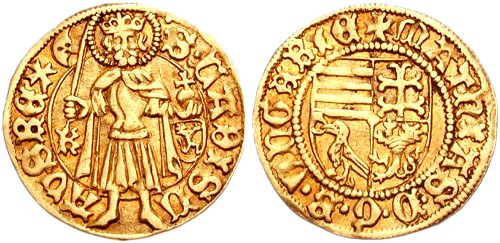

Modern Times
The first gold coin to be produced in the United States was made by Ephraim Brasher, a goldsmith, in 1787. The American government would pass the Coinage Act in 1792, which led to the United States being placed on a standard of silver and gold.
In 1848, gold flakes were discovered in a Californian stream by John Marshall. This was the start of what would go down in history as the California Gold Rush, where prospectors flocked to the state to try and find their fortune in gold. While some struck it rich, for many, a grand fortune never panned out. The movement did, however, help to get the West settled and added to the state’s population for a time.


In 1976 the government left the gold standard and changed over to a basis of fiat money instead. Over the years, many countries have used gold as part of its currency, monetary reserves, and commemorative or specific coins.
Industrial Uses for Gold
Gold is not only used for luxury or decorative items – it has industrial uses as well. Gold is used to make electronics and a variety of other goods. It is a fantastic conductor and small amounts can be used to carry a current, while also having the benefit of not corroding. That and other qualities, such as its malleability and purity, makes it a valued component, ingredient, or main element for many products.
Various industrial uses for gold include:
- Electronics and electronic components
- Computers, memory chips
- Dental fillings
- Medical treatments
- Space vehicles, space circuitry (conductor, connector, mechanical lubricant)
- Glass production


Gold in Jewelry and Luxury Items
The use of gold in luxury items and as a material for jewelry has gone back centuries and continues to this day. Gold has always been an attractive choice for all things ornamental or decorative, from objects such as jewelry to other symbols of status. In modern times, roughly 78% of gold that is consumed annually is for the manufacture of jewelry.
Gold is ideal for making jewelry for many reasons. Its yellow color, its resistance to tarnishing, the high luster, and its malleability or ease of being cast into shapes all help this precious metal become selected as a frequent choice for jewelry manufacture. Its high value and tradition as an attractive and expensive jewelry metal makes it a desirable component for any piece, and for many objects of importance, gold is expected to be used.
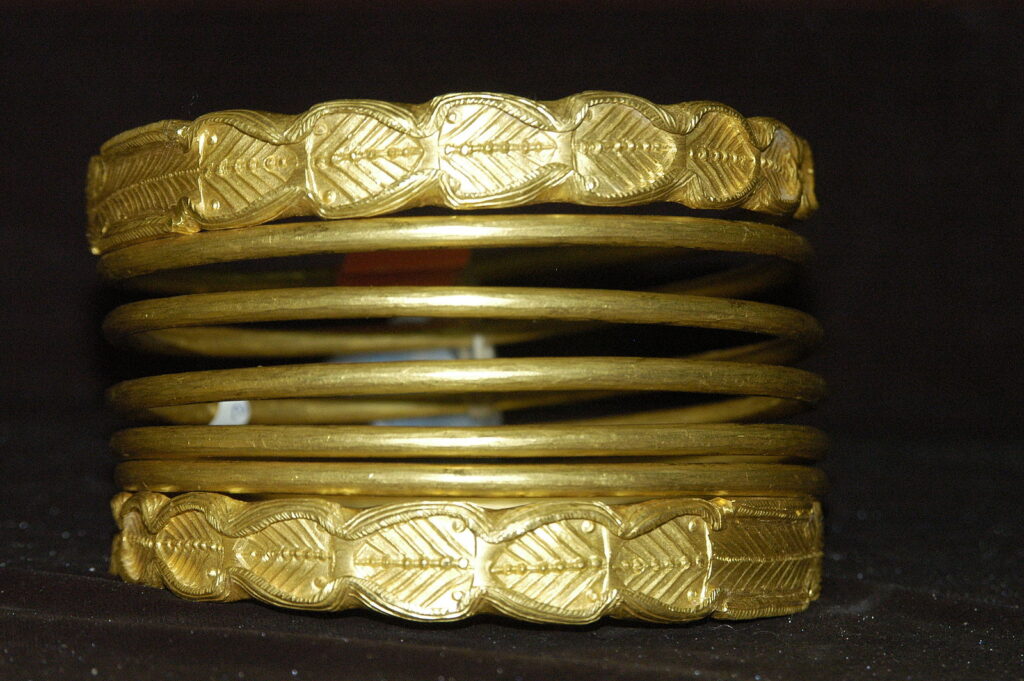

Pure gold is beautiful but also very soft, so it is often alloyed with metals like platinum, copper, and silver. For the creation of luxury items and jewelry, an alloy is frequently used of gold and another metal if it is necessary or beneficial. These alloys also will alter the final color and can produce yellow gold, white gold, rose gold, or gold with shades of peach, black, or green.
Gold leaf and gold gilding are also frequently used in luxury items and applications. The opulent forms of gold are used in external building decoration, in photo or painting frames, furniture, decorative application to surfaces, luxury purses, jewelry, home interiors, and in many more applications. The choice of gold as a luxury item and in the manufacture of jewelry will result in a product that is of the highest quality.
Gold As a Reserve
Gold was used by countries as a way to provide a guarantee to others. Held in the bank during the times of the gold standard, it was a store of value for the nation. While today countries have largely moved off the gold standard, central banks continue to store ample gold reserves, with more being added yearly.
The U.S. has the greatest gold reserve at over 8,000 metric tons, worth hundreds of billions of dollars It is followed by Germany, Italy, and France. Other countries continue to add to their own reserves. In addition, entities such as the European Central Bank and the IMF have their own gold holdings. Developed countries keep these gold reserves because of their central bank policy and their guaranteed worth regardless of circumstance. Gold serves to protect against economic events as a fail-safe policy, while simultaneously supporting the value of currency.
